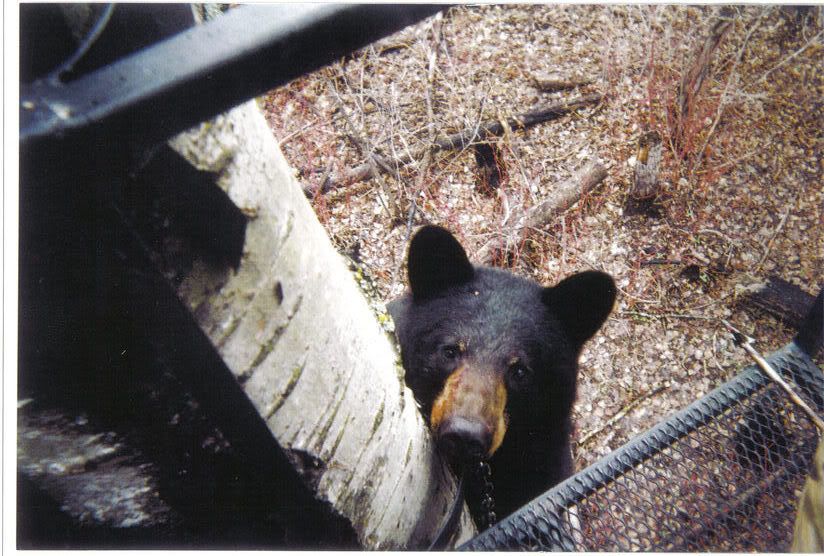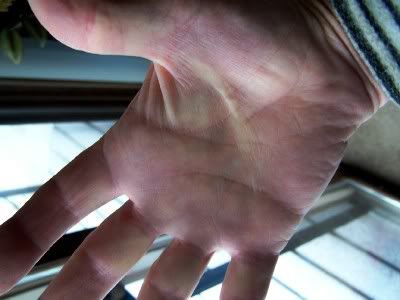CoyoteJoe said:
Handy said:
as to the wood grips splitting" 'that should not be a problem at all with correct wood selection and stock/grip design.
Mike S.
I've had this scar across my palm since a pistol stock split in my hand in 1970, that's why I worry about it. Cracked stocks are by far the most common problem reported with the Lyman Plains Pistol and I've seen many Kentucky types with cracked stocks in the grip area. In MY hand I don't trust heavy recoiling loads from a wood stocked pistol.
OUCH!
That's why I stick to revolvers!
I'm not a wood worker, but IF I was the "G-C" on this project, and a "Magnum Pistol" was the goal, I would try to find the hardest wood and/or make sure to not use the grain in the wood like T/C did to manufacture the Patriot pistol line. Starting with a block of wood with the grain going 90 degrees from the recoil (no matter which wood it is) would take some of the stresses off of the weakest area in the design, that is around the end of the barrel/under the lock.
Perhaps a post on the Gunbuilder's Forum is in order.....
Wish I could be of more help!
That is a nasty looking scar!
Dave
S&W Model 29 Owner for 30 years and counting






